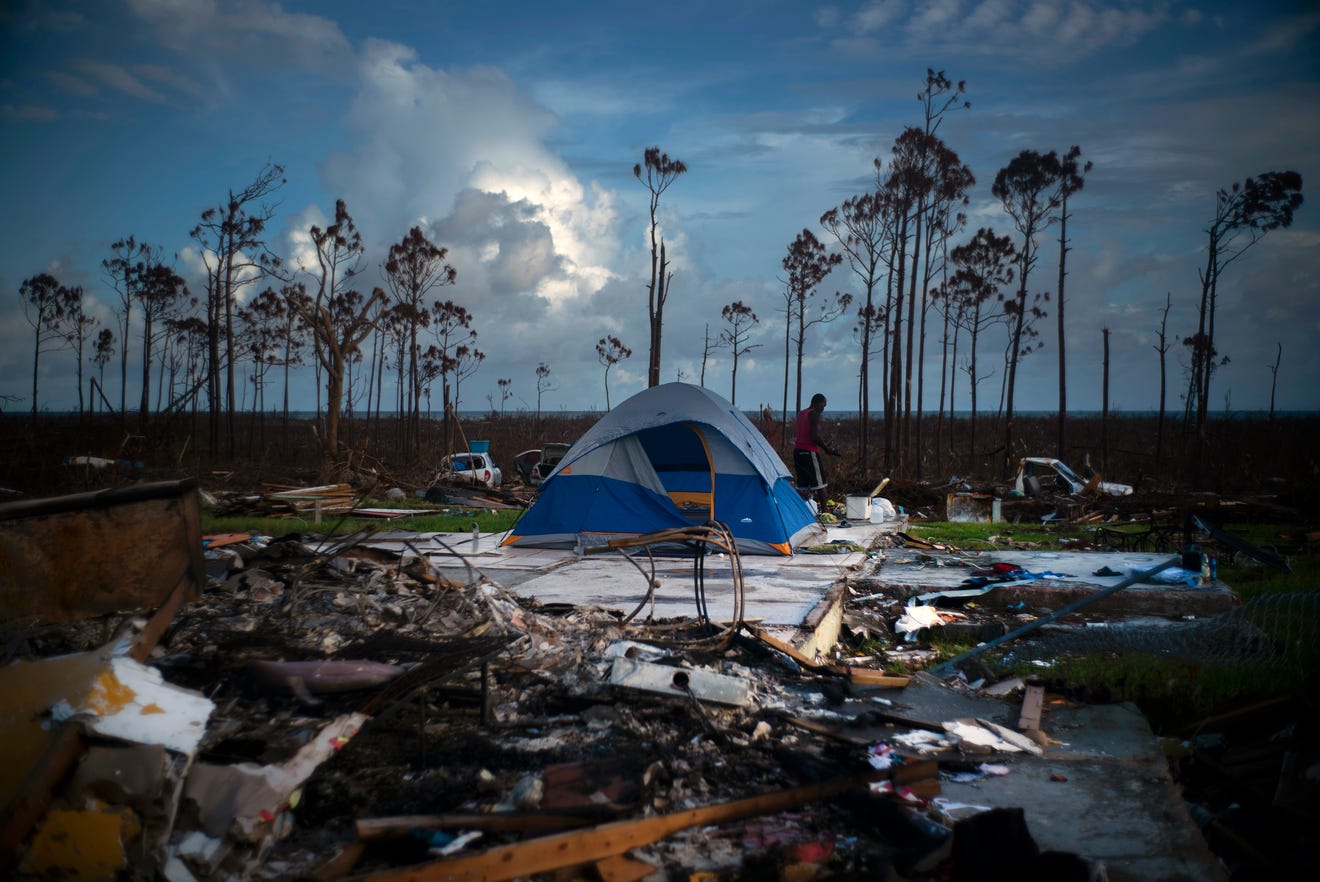SmarterSafer Coalition Commends FEMA for Federal Flood Risk Management Standard (FFRMS) Proposed Policy

The U.S. averages more tornadoes than any other country in the world. [1] On average, there are 1,500 tornadoes per year in the United States [2], Tornadoes are becoming a serious and significant threat to communities across America, growing in frequency and severity. While tornadoes were previously concentrated in Tornado Alley (the American Great Plains), it is not uncommon to see tornadoes form as far east as the Atlantic coast. [3] As tornadoes spread, catastrophe intensifies. Congress needs to take action to ensure that communities are prepared for when the next tornado strikes.
1,377 tornadoes struck the United States in 2021 [4], an increase from 2020 and above the average of 1,200 per year. [5] This trend is likely to increase. Climate change has caused the conditions that produce tornadoes to intensify [6], causing tornadoes to be more frequent and contributing to longer overall tornado seasons. [7] As climate change continues, the seasonality of tornado strikes is likely to change, with tornadoes becoming less frequent in the summer and more common in the winter. [8]
In addition to the increased frequency in tornadoes, these have also become more destructive. [9] FEMA Administrator Deanne Criswell has indicated that increasingly strong tornadic events are becoming the country’s new normal. [10] As with other natural disasters, climate change is a likely driver of the increased devastation caused by tornadoes. [11] Of all the tornadoes the U.S. saw in 2021, three had caused over $1 billion in damage [12], the most recent cases being the December 2021 tornadoes that snapped across Tennessee, Missouri, Illinois, Indiana, and Kentucky. Those storms alone caused a collective $3.9 billion in damages. [13]
Because of the lower cost of living in traditional tornado-prone areas (compared to coastal areas which are typically higher income and feature more weather resilient structures), studies have shown that tornadoes adversely affect individuals from lower socioeconomic statuses. Evidence has shown that these areas tend to be more sensitive to injuries and fatalities. [14] As we continue to see the effects of these devastating storms (and of climate change more broadly) lawmakers must recognize this disparity and lean on scientific data to consider public policy solutions that better preserve communities and human life across the nation.
Fortunately, the increased frequency in tornadoes has been matched with a rapid increase in tornado tracking technology. [15] These advancements have allowed governments to communicate and individuals to gain knowledge of accurate and precise information on the time and location that a tornado will hit, giving people time to relocate themselves and their loved ones to safety. One example of government activity in tornado preparedness is funding for safe rooms, which can be accessed through the Hazard Mitigation Grant Program, Community Development Block Grants, and U.S. Small Business Administration post-disaster loans. [16] However, to meet the goals of minimizing the loss and destruction associated with tornadoes, it is essential that policymakers take a unified federal approach to tornado-specific disaster mitigation and resiliency standards.